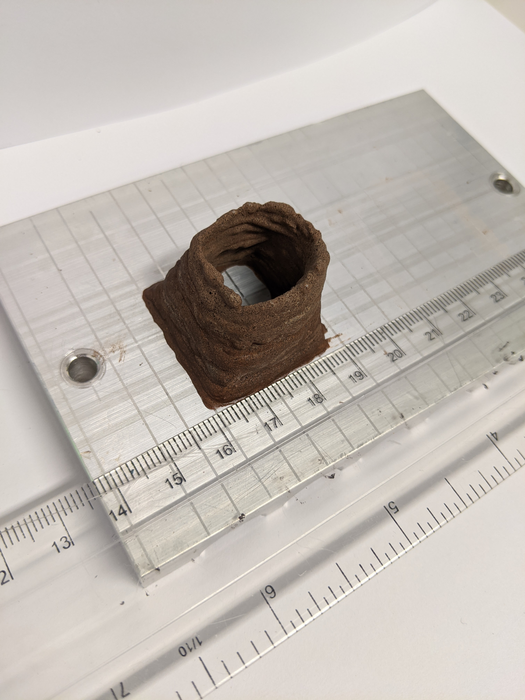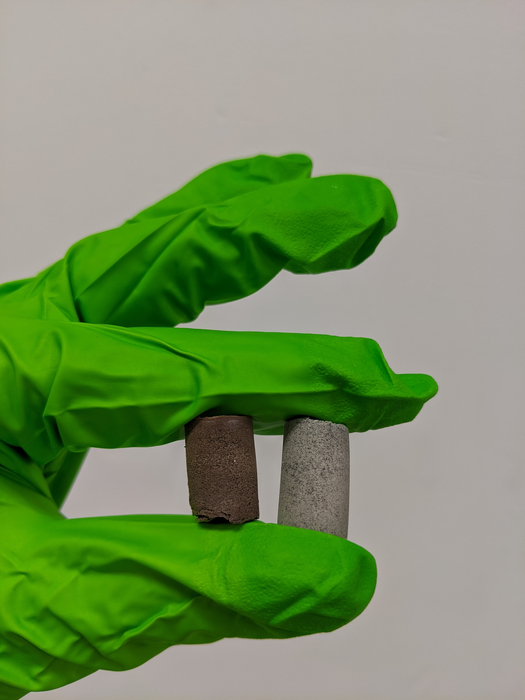Mars structures from blood and urine
When establishing colonies on Mars or the Moon, it will hardly be possible to bring the necessary building material from Earth. Transporting even a single brick to Mars could initially cost up to two million dollars. The solution is to use resources found on the ground – sand and dust that can be combined with water to make a building material. But ordinary water still won’t do. Additional binders are needed.
In the future, these could be produced by the crew itself – in the form of blood and urine. The human body is a pretty good bioreactor. We pour in food and water at the top, and out comes what the Martian house builders need at the bottom. In an article published in the journal Materials Today Bio, scientists show that a common protein from blood plasma – human serum albumin – can serve as a binder for simulated lunar or Martian dust to create a concrete-like material. The resulting novel material, called AstroCrete, had a compressive strength of 25 MPa (megapascals), about the same as 20-32 MPa achieved by conventional concrete.
But it gets even better. In fact, the scientists found that adding urea – a biological waste product produced by the body and excreted through urine, sweat and tears – can increase compressive strength by more than 300%, with the best-performing material having a compressive strength of nearly 40 MPa, much stronger than conventional concrete.
Dr. Aled Roberts of the University of Manchester, who worked on the project, said the new technique offers significant advantages over many other proposed construction techniques on the Moon and Mars. «Scientists have been trying to develop viable technologies for making concrete-like materials on the surface of Mars, but we never thought about the fact that the answer might be inside us all along,» he said.
Scientists expect that more than 500 kg of high-strength AstroCrete could be produced by a crew of six astronauts over the course of a two-year mission to the Martian surface. When used as mortar for sandbags or heat-melted regolith bricks, each crew member could produce enough AstroCrete to expand the habitat for another crew member, doubling the available shelter with each subsequent mission.
The idea is not entirely new, by the way. As far back as the Middle Ages, animal blood was used as a binder for mortar. «It’s exciting that one of the greatest challenges of the space age may have found a solution based on inspirations from medieval technology,» Dr. Roberts said.

